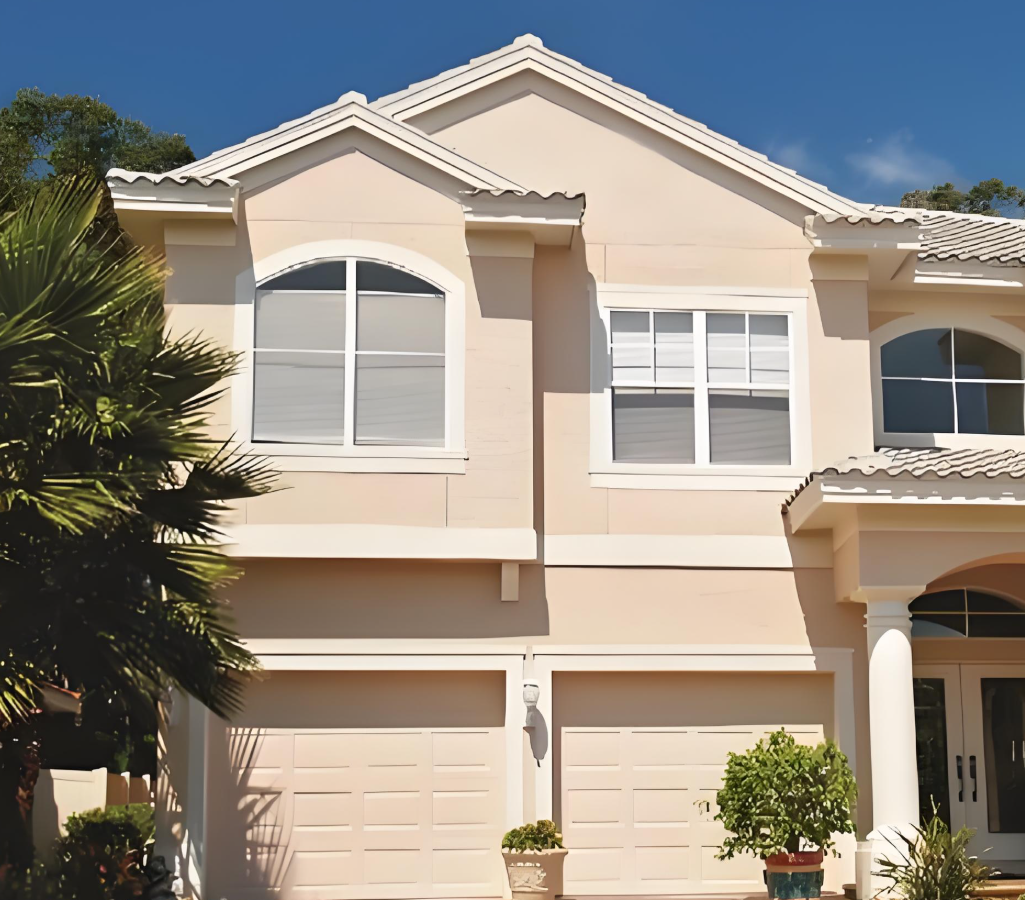Detailed guide on choosing suitable exterior latex paints and coatings
When selecting exterior latex paint, consider its durability to withstand harsh weather, water resistance to prevent damage from moisture, stain resistance for easy maintenance, and mold resistance to keep walls clean. Ensure the paint has low VOC content and is free from harmful substances for environmental and health safety. Choose paint suitable for your climate and wall condition, and always use a compatible primer. Proper construction conditions, such as suitable temperature and humidity, are also crucial for the best performance of the paint.

I. Product Performance
- Durability
- Testing Methods: You can refer to the product manual to understand the durability test data. Typically, exterior latex paint with good durability will show minimal discoloration, chalking, or peeling after artificial accelerated aging tests (such as xenon lamp aging tests). For example, some high-quality exterior latex paints can maintain a good appearance after more than 1,000 hours of xenon lamp aging tests.
- Considerations for Application: When choosing, consider the geographical location of the building. If the building is located in an area with long hours of direct sunlight and strong ultraviolet rays, such as the southern coastal regions of China, it is necessary to choose exterior latex paint with stronger durability to withstand the long-term damage of ultraviolet rays.
- Water Resistance
- Observation Points: High-quality exterior latex paint will not bubble or peel after being soaked in water for a period of time. When purchasing, you can ask the salesperson about the water resistance test of the product or check the water resistance index in the product manual.
- Environmental Adaptability: For walls that are frequently exposed to rain, such as the exterior walls of buildings in rainy areas, water resistance is a key factor. Exterior latex paint with poor water resistance may suffer from coating damage during the rainy season, affecting the appearance and service life of the building.
- Stain Resistance
- Surface Characteristics: Exterior latex paint with good stain resistance usually has certain hydrophobic and oleophobic properties, making it less likely to absorb dust and stains. You can judge its stain resistance by looking at the surface treatment technology of the product. For example, some exterior latex paints treated with special surfactants can effectively reduce the adhesion of stains.
- Cleaning Convenience: When choosing, consider the convenience of cleaning. If the exterior latex paint has good stain resistance, even if stains adhere, they can be easily removed by simple cleaning methods, such as rinsing with water or wiping with a soft cloth.
- Mold Resistance
- Component Analysis: High-quality exterior latex paint contains effective mold inhibitors that can suppress the growth of mold. You can check the product components to see if they contain mold inhibitors, such as certain organic or inorganic mold inhibitors.
- Environmental Adaptability: In humid environments, such as during the plum rain season in southern China, walls are prone to mold growth. Therefore, when choosing exterior latex paint, pay special attention to its mold resistance to prevent wall mold, which affects the appearance and service life of the building.
- Elasticity
- Elasticity Testing: You can judge by looking at the elasticity index in the product manual. Elastic exterior latex paint can withstand certain tensile and compressive deformations and is less likely to crack. For example, the breaking elongation of some elastic exterior latex paints can reach more than 300%.
- Considerations for Application: For walls with external insulation, since the external insulation layer may shift due to building settlement and other factors, causing cracks in the wall, choosing elastic exterior latex paint can effectively prevent the expansion of cracks and maintain the integrity of the wall.
II. Environmental Performance
- VOC Content
- Odor Judgment: Although odor alone cannot determine the VOC content, generally speaking, exterior latex paint with a strong, pungent odor may have a higher VOC content. High-quality exterior latex paint usually has a faint odor and is less irritating to humans.
- Health Impact: VOC stands for volatile organic compounds. The lower the content, the better the environmental performance of the product. VOCs release harmful gases that are detrimental to human health and the environment. Choosing exterior latex paint with low VOC content can reduce indoor air pollution and protect the health of the occupants.
- Other Harmful Substances
- Component Check: In addition to VOC and formaldehyde, you should also pay attention to whether the exterior latex paint contains other harmful substances, such as heavy metals (lead, mercury, etc.). You can check this information by looking at the product manual or consulting with the salesperson.
- Health Considerations: These harmful substances are harmful to human health. Long-term exposure can lead to various health problems. Choosing environmentally friendly exterior latex paint can provide a safer and healthier living environment for the occupants.
III. Application Environment
- Climate Conditions
- High Temperature Environment: If the building is located in a high-temperature area, such as the summer in northern China, you should choose exterior latex paint that is resistant to high temperatures. This type of paint will not crack or peel in high-temperature conditions.
- Low Temperature Environment: In cold regions, such as northeastern China, you should choose exterior latex paint that is resistant to low temperatures. Exterior latex paint with good low-temperature resistance can maintain good adhesion and flexibility even in cold conditions, preventing coating damage due to temperature changes.
- Humid Environment: For humid and foggy areas, such as the southern coastal regions of China, you should choose exterior latex paint with good water resistance. This type of paint can effectively prevent moisture penetration and protect the wall from the effects of a humid environment.
- Wall Condition
- Renovation of Old Walls: If you need to renovate an old wall, you should choose exterior latex paint with good adhesion. This type of paint can firmly adhere to the old wall, even if the old wall has a certain degree of chalking or peeling. It can still adhere tightly to the new coating after appropriate surface treatment.
- Special Wall Materials: For walls made of special materials, such as concrete, brick, and stone, you should choose exterior latex paint that matches them. Different wall materials have different surface characteristics and absorption properties. Choosing the right exterior latex paint can ensure the performance and service life of the coating.
IV. Other Considerations
- Primer Compatibility
- Role of Primer: Primer can seal the pores of the wall, preventing the penetration of moisture and harmful substances, while also providing a good adhesion base for the topcoat. Choosing a primer that is compatible with the exterior latex paint can improve the overall performance and service life of the coating.
- Primer Selection: When choosing a primer, consider its compatibility with the latex paint. Compatible primers and latex paints are matched in terms of components and performance, allowing them to better exert their respective functions.
- Construction Conditions
- Construction Temperature: Most exterior latex paints require a construction temperature of above 5℃. Construction in low-temperature conditions will slow down the drying speed of the latex paint, and may even cause cracking of the coating. Therefore, when choosing latex paint, you should consider the local climate conditions to ensure that the construction temperature meets the product requirements.
- Construction Humidity: The air humidity during construction also affects the performance of the latex paint. Generally, the air humidity during construction should not exceed 85%. Construction in a humid environment will prolong the drying time of the latex paint, and may cause problems such as bubbling and peeling of the coating.
